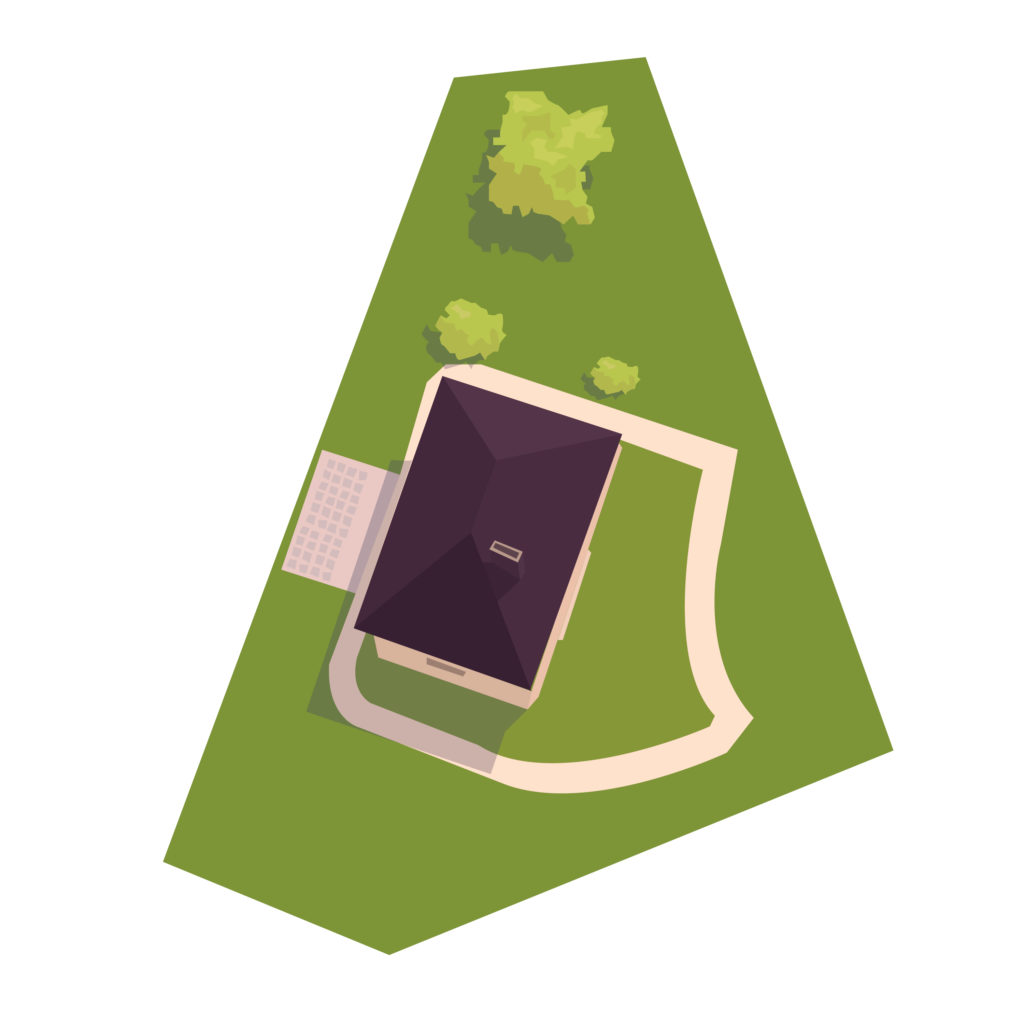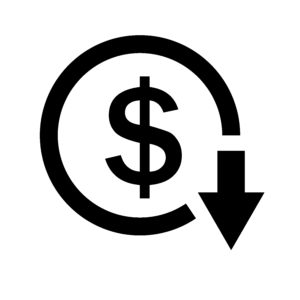If there is a property for which you would like to know the size (usually in units of square feet or acres), there are more than a couple of ways to find this information. Some ways are more accurate than others. Some ways cost money and others do not.
Here are ten ways to find out your lot size.
1) Property Deed
2) Property Plat Map
3) Subdivision Plat Map
4) Boundary Survey Plan
5) Existing Conditions Plan
6) Tax Map
7) Local GIS
8) Professional Survey Services
9) Pacing
10) Measuring Wheel
1. Property Deed
Perhaps the easiest way to find out the size of your lot if you own your property is to read your property deed. Somewhere in this document should be a description of your property boundary along with the size of the lot.
Advertisement
2. Property Plat Map
If you own your property, you might have received at the property closing a property plat map. This is the map that shows a plan of just your lot with some basic information for your lot. This information would include the layout of your lot, boundary line dimensions, and tax parcel identification number.
The lot information should also include the area of your parcel of land. This area should be an accurate number for your lot area size because the original plat map should have been prepared by a professional surveyor.
3. Subdivision Plat Map
For a property that is a part of a neighborhood subdivision, you should be able to obtain the actual area size of your lot from the overall subdivision plat map of the neighborhood. You could find your lot on this map and read the area of your parcel that should be labeled in the lot.
If your property is in a neighborhood that is still being constructed, a subdivision plat map should be easily available from the company who sold you your lot.
If the neighborhood is not still being constructed, you might be able to obtain a subdivision plan map from your local municipality.
Related: What Is a Subdivision Plat and Why Are Plats Important?
4. Boundary Survey Plan
If you have ever had a professional survey done for your property, there is a good chance that a boundary survey had been done as well. The result of this survey would have been a boundary survey plan that shows the layout of your lot along with lot line dimensions and the area of your lot.
5. Existing Conditions Plan
A professional survey of your property would also likely have resulted in the preparation of an existing conditions plan for your site.
In addition to showing existing contours and the existing features of your property, an existing conditions plan would also show lot information including the area of the lot.
6. Tax Map
Your local municipality might have copies of tax maps that from which you could read lot areas. These maps could be hard copies for which you would have to visit the municipality building in person to review the maps. These maps might also be scanned copies that you could access through a municipality website.
7. Local GIS
Your local municipality or state might have a GIS program that allows online public access to their database that could contain property tax maps that would include lot areas of lots.
If the boundary of your property is shown in the online maps, there might be tools available within the GIS website that would allow you to measure the area of your lot once you locate it in the maps.
8. Professional Survey Services
Even though this may be the most expensive option for obtaining the area size of your site, the hiring of professional survey services for your property should also be the most accurate option for obtaining an area.
Even though the property deed should already include an accurate area of your property, the preparation of a professional survey plan might still be a good idea if you believe that the property deed might be incorrect.
Advertisement
9. Pacing
Even though pacing may not be the most accurate way of determining a lot area, it is a quick and easy way to figure out something that is close enough and where accuracy is not too important.
Pacing involves measuring the length of one of your steps, measuring the number of steps it takes to walk the site for both the length of the site and the width of the site, and then doing some basic math to calculate the area of the site.
10. Measuring Wheel
Even though you might have to spend some money for this device, a measuring wheel allows you to measure the length and width of your site with more accuracy than the accuracy you would have with pacing.
A measuring wheel is a tool that allows you to measure a distance on land through a wheel that you roll over the area to be measured. Just as with pacing, you would have to do some basic math to calculate the area of your site after taking your measurements.
Related: Recommendations for Land Measuring Wheels
Many Options for Determining Lot Size
While there are many options for determining lot size, some methods involve more work than others and some methods cost more than others. Which one you choose will depend on your budget, the importance of accuracy, and whether or not you own the property.



